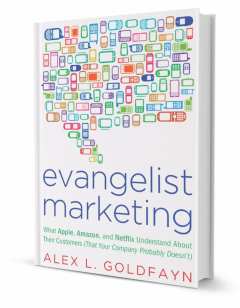The head US National Security Agency recently warned that the notorious internet hacking group, Anonymous, may soon have the ability to attack the entire US power grid. However, this does not mean hackers are all bad people. There are White Hat or ethical hacker too.
They identify security weaknesses in computer systems and networks but instead of taking advantage of these loopholes, expose the weakness to the system’s administrators allowing them to fix the breach. So, like everywhere there are good and bad hackers. Here are some international hacking heroes and villians.
Hero: Steve Wozniak

Co-founder of Apple and the company’s original engineering brain, Woz got his first kicks out of the Blue Box, a phone phreaking device that allowed him and Steve Jobs to make long-distance calls for free by imitating the tones that routed signals on the AT&T network. The duo sold more than 100 Boxes for $150 each.
Hero: Tim Berners-Lee

The World-Wide Web was not on his mind when Lee and a friend were caught hacking at the Oxford University.
Both were banned from using the university’s computers during their study tenure. Maybe that’s why Lee soldered one for himself using iron, TTL gates, an M6800 processor and an old television.
Hero: Linus Torvalds

The star of the ultimate hacking fairytale. Torvalds cobbled together a makeshift operating system titled ‘Linux’ and shared the program at an online forum.
Feeds poured in with fixes, improvements and new features. Code contribution became the USP of Linux, an operating system built on central hacker ethic: free for all.
Hero: Tsutomu Shimomura

Not an intuitive hacker, he was prodded to showcase his skills when Kevin Mitnick hacked Shimomura’s home computer.
The result: a good cop bad cop chase that ended with Mitnick in jail. Shimomura didn’t escape scrutiny: he hacked Mitnick’s cell phone to track him to an apartment near Raleigh-Durham International Airport.
Hero: Richard Stallman

Dubbed the father of free software. He earned the badge as a ‘staff hacker’ at the Massachusetts Institute of Technology where he cracked a password system.
He moved on to tinkering with the code of a printer and finally ended up with the big one: The GNU Project that writes free software and mass produces its operating system.
Villian: Kim Dotcom

Known as Kim Schmitz, Kim Tim Jim Vestor and ‘Kimble’, Dotcom’s hacking credentials are dubious. Be it cracking Citibank to transfer $20 million to Greenpeace, or hacking Osama Bin Laden’s Sudanese account, no claim has been verified.
But he is known for phone phreaking and has been arrested for online piracy.
Villian: Kevin Mitnick

The US Department of Justice says he was “the most wanted computer criminal in United States history.” Mitnick started by bypassing punch cards to hitch free rides on LA buses. Later, he hacked databases of corporate giants like Nokia and Motorala.
Finally a peeved Shimomura out-hacked him and Mitnick was jailed for 5 years.
Villian: Jonathan James

At the age of 16, James installed a backdoor into the US Defense Threat Reduction Agency server and messed with user names, passwords and strategic emails. Next up was the NASA database from which he stole software worth $1.7 million. The result: in 2000, James became the first juvenile to be imprisoned for hacking.
Villian: Kevin Poulsen

Law officers think he was “the Hannibal Lecter of computer crime” but hacker buddies knew him as Dark Dante.
Poulsen’s biggest hit: cracking Los Angeles radio’s phone lines to ensure he was caller number 102, slated to win a Porsche. The FBI got interested when he hacked their database and soon it was prison time for Poulsen.
Villian: Robert Tappan Morris

The brain behind the first computer worm to attack the Internet – the Morris Worm. Released in 1988, it infected over 6,000 machines. Morris claimed he wanted to test the reach of the Net. Law officers didn’t buy the theory: he served three years’ probation, 400 hours of community service and paid a fine of $10,500.





